Streaming and FAST Channels Reshape Local Broadcasting—A New Paradigm Emerges
스트리밍, FAST 채널이 뒤흔든 미국 지역 방송—새로운 패러다임의 탄생
'지역'의 개념이 바뀌었다
시청자들은 더이상 단일 매체를 통해 지역을 경험하지 않는다.
The Concept of "Local" Has Changed
Audiences No Longer Experience "Local" Through a Single Medium
The rise of streaming and FAST (Free Ad-Supported Streaming TV) channels is fundamentally redefining American local broadcasting. What was once defined by DMA (Designated Market Area) geographic boundaries is now being redefined by content relevance, community trust, and data-driven targeting.
Local TV used to mean a specific CBS, NBC, or Fox affiliate—the station with the helicopter and anchors you'd run into at the supermarket. In 2025, that definition feels almost quaint.
Jon Carpenter, CEO of Comscore, notes: "It's been a long time since 'local' referred only to linear broadcasts or market-level boundaries. Today, local is defined by all the ways broadcasters connect with their communities: on-air, online, and everywhere in between."
He emphasizes: "Audiences no longer experience 'local' through a single medium; they experience it through moments of relevance, trust, and familiarity that travel with them across devices and platforms."

Streaming Breaks Down Geographic Boundaries
According to TVREV, streaming has blown the doors off the old DMA-based model. The notion that you could only see content tied to your Nielsen market is fading fast. Now, "local TV" doesn't just live on your evening local channel—it's on streaming apps, FAST channels, YouTube feeds, and even TikTok accounts pumping out hyper-local clips.
All major streaming platforms—Hulu, Peacock, Paramount+, Amazon, YouTube, Pluto TV—now offer regional ad targeting capabilities. They've built ad stacks that can serve different spots in different markets during the exact same stream.
Monica Longoria, Head of Marketing Insights at LG Ad Solutions, explains in the report: "Decentralizing access to local news content has turned it into a commodity that other platforms can tap into, not just the stations and news brands. When free streaming platforms saw this opportunity, they thought 'we've got to jump on it,' because we already know that news gets eyeballs, especially local news."
The Evolution and Impact of FAST Channels
According to TVREV's 2025 report "All TV Is Local Now: Local Television in the Age of Streaming," FAST channels have rapidly grown into platforms that offer a cable-like experience for free, allowing viewers to scroll through channel guides and instantly select the content they want to watch.
However, many local broadcasters have so far only simulcast existing broadcast programs or repeated news clips on FAST channels. Scrolling through most station FAST channels reveals hours of morning shows, noon news, or last night's late broadcast running on autopilot.
The report points out: "This is insufficient to satisfy young viewers and digital-native generations. Young viewers have grown up in a world of infinite choice, personalized feeds, and short-form formats. They aren't downloading a local station app to watch the same half-hour newscast their parents skim through before dinner."
Local broadcasters need their own strategies for FAST channels to succeed.
Local FAST Channel Success Strategies
Content Diversification and Curation: Instead of repetitive existing broadcasts, single-channel specialization and regional/thematic customized curation (weather, local news, location-based reviews, etc.) are essential.
Short-form and Digital-Native Programming: To attract younger generations, actively adopt formats optimized for digital natives such as short-form content, TikTok/YouTube-style clips, and immediately consumable news curation.
Real-time Interaction and Data Utilization: Analyze viewer behavior data to customize content and advertising, and include real-time communication features (chat, polls, social media integration, etc.).
Advertising and Revenue Diversification: Create sustainable revenue streams through sophisticated advertising strategies such as segmented targeted advertising and location-based advertising, and collaboration with various local businesses, electronics manufacturers, and content partners.
Global Expansion and Re-export: Actively launch internationalized regional and niche channels not only in the U.S. but also in rapidly growing regions such as Asia and Europe, and expand export networks by partnering with local indie creators.
The Power of "Scale and Precision Targeting"
The real power of FAST channels and streaming platforms lies in scale. A local station can reach its DMA, but a streamer can reach the entire country and then carve it into DMAs, ZIP codes, or even household segments.
For example, a car brand can run a national campaign while customizing regional demand. The same campaign can automatically show Houston viewers "0% financing," Kansas City viewers "specific dealer inventory information," and LA viewers "trade-in bonuses"—all region-specific customized offers.
FAST platforms enable data utilization, sophisticated ad targeting, and real-time message changes, dramatically maximizing advertising efficiency and ROI. This is a structure that realizes both economies of scale and ultra-personalization compared to traditional television advertising.
Keith Norman, VP of Political Sales at LG Ad Solutions, states: "The dollars continue to shift to CTV from broadcast and cable because of the wastage inherent in DMA ad buys and DMA targeted ad buys. It is something marketers are very much aware of."
Crisis and Innovation Challenges
Differentiation Through Community Trust
Local broadcasters cannot compete on pure scale or targeting—they'll lose every time. What they can do is redefine "local" as something beyond just a geo-fence.
Community trust, local journalism, breaking news, weather, even high school football—these are value propositions streaming platforms cannot fake.
Essential Adoption of New Entertainment Technology
The report emphasizes that rapid adoption of new technologies such as ATSC 3.0 (NextGen TV), AI-driven targeting, and self-serve ad platforms is essential.
Daniel Spinosa, President of PREMION, says: "Streaming gives local and small-to-midsize businesses the scale they've been missing. With smart curation, we unify fragmented platforms so local and regional marketers can buy once and reach audiences everywhere."
Direction of Content Innovation
The report suggests that the following innovations are needed beyond simple news retransmission:
- Collaboration with Local Influencers: The potential rise of local news influencers on TikTok
- Region-Specific Content: Lifestyle, culture, food, and event programs
- Women's and High School Sports: Leagues not yet locked into national contracts
- Live Sports Return: Opportunities after RSN (Regional Sports Network) collapse
Restructuring the Advertising Ecosystem
The Battle for the SMB Market
Small and medium-sized businesses (SMBs) have long been the lifeblood of local TV. Amazon, Paramount, Comcast, and various AI-powered startups are targeting this very market with self-service advertising platforms.
Their pitch is simple: buying a streaming spot should be as easy as buying a Facebook ad. A florist can now draw a 10-mile circle around her shop, upload a logo, type "Valentine's Day sale," and the system automatically generates a streaming ad complete with stock video and AI voiceover.
Sandra Baez, Chief Operating Officer of PREMION, emphasizes: "With tighter budgets and limited resources, local advertisers need every dollar to count—which means they can't risk wasted impressions or low-quality environments. That's why premium, brand-safe CTV inventory is non-negotiable."
Evolution of Political Advertising
Political ad spending in 2026 is projected to reach approximately $10 billion, making it one of the largest advertising categories alongside pharmaceuticals.
Keith Norman says: "There's an assumption that streaming is how you reach younger voters. And what we found in the data—and we have reliable third-party data—is that you're actually reaching an equal number of older voters now."
He adds: "The 55-plus demographic is the most reliable voting bloc. They vote in primaries, they vote in midterms, they vote in presidential elections. And now they're streaming. My 80-year-old dad in Florida is streaming. My 81-year-old mother-in-law in Illinois is streaming."
Innovation in Measurement: "Cross-Platform Measurement"
The broadcast viewing market is changing rapidly. The era of gauging broadcast impact solely through traditional TV ratings is over. Now consumers enjoy content not only on TV but also through various channels such as websites, mobile apps, and social media. This "fragmentation" phenomenon, where viewing experiences are scattered across multiple platforms, presents new challenges for the entire broadcasting industry.
John Carpenter, CEO of Comscore, asserts: "The easy answer is audience fragmentation—but that only scratches the surface." What he really focuses on is a deeper challenge. Carpenter says broadcasters now face pressure to "fully demonstrate the total value of their audiences to advertisers across every platform where they engage."
CEO Carpenter particularly noted changes in local broadcasting. He emphasizes: "The reach of local broadcasters extends far beyond linear TV. They are broadly expanding brand influence through various web properties, digital subchannels, social platforms, and individual broadcasters."
Changes are evident in the field as well. The era of counting only live broadcast viewers is over. Broadcasters are broadly expanding viewer touchpoints through video platforms like YouTube, official websites, Naver TV and Kakao TV, various digital channels, SNS, and content distribution through influencers, creating new influence.
Advertisers and the market have also changed. Advertisers now measure not "how many people watched on TV," but "what overall impact this brand exerts." Accordingly, broadcasters are cultivating "cross-platform measurement" capabilities to integrate and analyze data from all platforms as essential competencies and strengthening competitiveness.
Industry experts agree: "In the current environment where viewer and brand touchpoints are diversified, accurately measuring the actual value and influence of each channel and presenting it to advertisers will determine broadcasters' survival."
Who Will Lead the New Era of Locality?
At the center of changes led by streaming and FAST channels, local broadcasting must newly implement its essential values—community connection, trust, and on-the-ground presence—on a digital foundation.
The report diagnoses: "Local TV isn't dead, and it isn't dying. But it is in the midst of reinvention. The moat that once protected broadcasters—DMA exclusivity, retransmission fees, and appointment viewing—has been breached by streaming platforms that can deliver 'local' content at scale."
The era of simple "broadcast stations" is ending, and an era of "local platforms" connecting content, advertising, and communities is opening.
The report forecasts: "If broadcasters can lean into what makes them unique while adopting the tools of a streaming-first world, they'll not only survive the transition—they'll redefine what 'local TV' means for the next generation."
Only broadcasters that succeed in change and innovation can become tomorrow's protagonists.
스트리밍과 FAST(Free Ad-Supported Streaming TV) 채널의 등장으로 미국 지역 방송의 근본 정의가 재편되고 있다. 과거 DMA(Designated Market Area, 지정 시장 지역)라는 지리적 경계로 구분되던 '로컬(local)'은 이제 콘텐츠의 관련성, 커뮤니티와의 신뢰, 그리고 데이터 기반 타기팅으로 재정의되고 있다.
한때 '지역 방송'은 특정 지역의 CBS, NBC, Fox 계열사—헬리콥터를 보유하고, 동네 슈퍼마켓에서 마주치는 앵커들이 있는 그 방송국—를 의미했다. 2025년, 이런 정의는 거의 시대착오적이다.
컴스코어(Comscore) CEO 존 카펜터(Jon Carpenter)는 "오랫동안 '지역'은 지상파 방송이나 시장 수준의 경계만을 의미했다"며 "오늘날 지역은 방송사들이 커뮤니티와 연결하는 모든 방식—온에어, 온라인, 그 사이 모든 곳—으로 정의된다"고 말했다. 그는 "시청자들은 더 이상 단일 매체를 통해 '지역'을 경험하지 않는다"며 "관련성(relevance), 신뢰(trust), 친숙함(familiarity)의 순간들을 통해 경험하는데, 이는 기기와 플랫폼을 넘나든다"고 강조했다.

스트리밍이 지리적 경계를 무너뜨리다
TVREV에 따르면 스트리밍은 옛 DMA 기반 모델의 문을 활짝 열어젖혔다. 닐슨 시장에 묶인 콘텐츠만 볼 수 있다는 개념은 빠르게 사라지고 있다. 이제 '지역 방송'은 저녁 6시 지역 채널에만 존재하지 않는다. 스트리밍 앱, FAST 채널, 유튜브 피드, 심지어 초로컬 콘텐츠를 송출하는 틱톡 계정에도 존재한다.
Hulu, Peacock, Paramount+, Amazon, YouTube, Pluto TV 등 모든 주요 스트리밍 플랫폼이 이제 지역 타겟팅 광고(regional ad targeting) 기능을 제공한다. 이들은 동일한 스트림 중에 다른 시장에 다른 광고를 송출할 수 있는 광고 스택(ad stack)을 구축했다.
LG 광고 솔루션(LG Ad Solutions) 마케팅 인사이트 책임자 모니카 롱고리아(Monica Longoria)는 보고서에서 "지역 뉴스 콘텐츠에 대한 접근이 분산화(decentralizing)되면서 이는 방송국과 뉴스 브랜드뿐만 아니라 다른 플랫폼들도 활용할 수 있는 상품(commodity)이 됐다"며 "무료 스트리밍 플랫폼들이 이 기회를 봤을 때, 뉴스, 특히 지역 뉴스가 시청자를 끌어모은다는 것을 이미 알고 있었기에 '우리도 뛰어들어야 한다'고 생각했다"고 설명했다.
FAST 채널의 변화와 파장
TVREV의 「스트리밍 시대, 미국 지역 방송의 미래(All TV Is Local Now: Local Television in the Age of Streaming)」 2025년 보고서에 따르면, FAST 채널은 케이블과 흡사한 경험을 무료로 제공하며, 시청자가 채널 가이드를 스크롤하고 원하는 콘텐츠를 즉시 선택해 볼 수 있는 플랫폼으로 급성장했다.
그러나나 지역 방송사 상당수는 아직직 기존 방송 프로그램을 FAST 채널로 단순 재송출(simulcast)하거나 뉴스 클립을 잘라 반복 재생(repeats)하는 데 그치고고 있다. 대부분의 방송국 FAST 채널을 스크롤하면 아침 쇼, 정오 뉴스, 지난밤 심야 방송이 자동 반복되는 것을 볼 수 있다.
보고서는 "이는 젊은 시청자와 디지털 네이티브 세대를 만족시키기에 부족하다"며 "젊은 시청자들은 무한한 선택, 개인화된 피드, 짧은 형식에 익숙한 세상에서 자랐다. 그들은 부모가 저녁 식사 전에 훑어보는 30분짜리 뉴스캐스트를 보려고 지역 방송국 앱을 다운로드하지 않는다"고 지적했다.
지역 방송의 FAST채널이이 성공하기 위해서 자체 전략이이 필요하다는 이야기다.
지역 FAST 채널 성공 전략
- 콘텐츠 다양화와 큐레이션: 반복되는 기존 방송 위주가 아니라, 단일 채널 특화 및 지역성·주제성 기반 맞춤형 큐레이션(날씨, 지역 소식, 위치기반 리뷰 등)의 강화가 필수.
- 숏폼·디지털 네이티브 맞춤 편성: 젊은 세대를 위해 숏폼, 틱톡/유튜브 스타일 클립, 즉각 소비 가능한 뉴스 큐레이션 등 디지털 네이티브에 최적화된 포맷을 적극 도입.
- 실시간 상호작용·데이터 활용: 시청자 행동 데이터를 분석해 콘텐츠와 광고를 맞춤 출연시키고, 실시간 소통 기능(챗, 투표, 소셜 미디어 연계 등)을 포함.
- 광고·수익 다각화: 세분화된 타겟 광고, 위치 기반 광고 등 고도화된 광고 전략과 다양한 지역사업자·가전업체·콘텐츠 파트너와의 협업을 통해 지속적 수익원을 창출.
- 글로벌 진출 및 역수출: 미국뿐 아니라 아시아·유럽 등 급성장 지역에 국제화된 지역기반·틈새형 채널을 적극 출시하고, 지역 인디·크리에이터들과 연합해 수출 네트워크도 확장할 수 있음
FAST "규모와 정밀 타겟팅의 위력"
FAST 채널과 스트리밍 플랫폼의 진짜 위력은 규모(scale)에 있다. 지역 방송국은 자신의 DMA에 도달할 수 있지만, 스트리머는 전국 전체에 도달한 다음 이를 DMA, ZIP(우편번호) 코드, 심지어 가구 구성원까지 세분화할 수 있다.
예를 들어, 자동차 브랜드는 전국 캠페인을 진행하면서도 지역 수요를 맞춤화할 수 있다. 예를 들어, 자동차 브랜드가 전국적으로 동일한 캠페인을 집행하면서도 휴스턴 시청자에겐 ‘0% 금융’, 캔자스시티에겐 ‘특정 딜러 재고 안내’, LA에겐 ‘트레이드인 보너스’ 등 지역별 ‘맞춤 오퍼’를 자동 노출할 수 있는 것이다.
FAST 플랫폼은 데이터 활용, 고도화된 광고 타겟팅, 실시간 메시지 변경을 가능하게 해 광고 효율성과 ROI를 크게 극대화할 수 있습니다. 이는 기존 텔레비전 광고와 비교해볼 때 규모의 경제와 초개인화(ultra-personalization) 모두를 실현하는 구조입니다.
LG 광고 솔루션 정치 영업 담당 부사장 키스 노먼(Keith Norman)은 "DMA 광고 구매와 DMA 타겟팅 광고 구매에 내재된 낭비(wastage) 때문에 광고 예산이 방송과 케이블에서 CTV로 계속 이동하고 있다"며 "이는 마케터들이 매우 잘 인식하고 있는 부분"이라고 말했다.
위기와 혁신 과제
커뮤니티 신뢰로 차별화해야
지역 방송사들은 순수한 규모나 타겟팅으로는 경쟁할 수 없다. 매번 질 것이다. 그들이 할 수 있는 것은 '지역'을 단순한 지리적 펜스(geo-fence) 이상의 것으로 재정의하는 것이다.
커뮤니티 신뢰(community trust), 지역 저널리즘, 속보, 날씨, 심지어 고등학교 풋볼—이것들이 스트리밍 플랫폼이 위조할 수 없는 가치 제안이다.
새로운 엔터테크 기술 도입 필수
보고서는 ATSC 3.0(NextGen TV), AI 기반 타기팅(AI-driven targeting), 셀프서비스 광고 플랫폼(self-serve ad platforms) 등 신기술의 빠른 수용이 필수적이라고 강조한다.
PREMION 사장 다니엘 스피노사(Daniel Spinosa)는 "스트리밍은 지역과 중소기업에게 그들이 놓치고 있던 규모를 제공한다"며 "스마트한 큐레이션을 통해 우리는 단편화된 플랫폼들을 통합하여 지역 및 지역 마케터들이 한 번 구매하고 어디서나 시청자에게 도달할 수 있도록 한다"고 말했다.
콘텐츠 혁신의 방향
보고서는 단순한 뉴스 재송출을 넘어 다음과 같은 혁신이 필요하다고 제시한다.
- 지역 인플루언서와 협력: 틱톡에서 지역 뉴스 인플루언서의 부상 가능성
- 지역 특화 콘텐츠: 라이프스타일, 문화, 음식, 이벤트 프로그램
- 여성 및 고교 스포츠: 아직 전국 계약에 묶이지 않은 리그들
- 라이브 스포츠 회귀: RSN(지역 스포츠 네트워크) 붕괴 후 기회
광고 생태계의 재편
SMB 시장의 쟁탈전
중소기업(SMB)은 오랫동안 지역 방송의 생명줄이었다. 바로 이 시장을 Amazon, Paramount, Comcast와 여러 AI 기반 스타트업들이 셀프서비스 광고 플랫폼으로 타겟팅하고 있다.
그들의 제안은 이렇다: 스트리밍 광고 구매는 페이스북 광고 구매만큼 쉬워야 한다. 꽃집 주인은 이제 가게 주변 10마일 반경을 그리고, 로고를 업로드하고, "발렌타인데이 세일"이라고 입력하면 시스템이 스톡 비디오와 AI 음성이 포함된 스트리밍 광고를 자동 생성한다.
PREMION 최고운영책임자 산드라 바에즈(Sandra Baez)는 "제한된 예산과 자원을 가진 지역 광고주들은 모든 달러가 중요하다"며 "그래서 낭비된 노출이나 저품질 환경의 위험을 감수할 수 없다. 프리미엄하고 브랜드 안전한 CTV 인벤토리가 협상 불가능한 이유"라고 강조했다.
정치 광고의 진화
2026년 정치 광고 지출은 약 100억 달러에 달할 것으로 예상되며, 제약과 함께 가장 큰 광고 카테고리 중 하나가 될 것이다.
키스 노먼은 "스트리밍이 젊은 유권자에게 도달하는 방법이라는 가정이 있다"며 "그런데 우리가 신뢰할 수 있는 제3자 데이터에서 발견한 것은 실제로 이제 동일한 수의 노년 유권자에게도 도달하고 있다는 것"이라고 말했다.
그는 "55세 이상 인구층은 가장 신뢰할 수 있는 투표 집단"이라며 "그들은 예비선거, 중간선거, 대선에 투표한다. 그리고 이제 그들이 스트리밍을 보고 있다. 플로리다에 사는 제 80세 아버지도 스트리밍을 보고, 일리노이에 사는 81세 장모님도 스트리밍을 본다"고 덧붙였다.
측정의 혁신 "크로스 플랫폼 측정"
방송 시청 시장이 빠르게 변화하고 있다. 전통적인 TV 시청률만으로 방송의 영향을 가늠하던 시대는 지났다. 이제 소비자들은 TV뿐 아니라 웹사이트, 모바일 앱, 소셜미디어 등 다양한 경로에서 콘텐츠를 즐긴다. 이처럼 시청 경험이 여러 플랫폼에 걸쳐 흩어지는 ‘분산’ 현상은 방송 업계 전체에 새로운 숙제를 안기고 있다.
컴스코어(Comscore)의 존 카펜터(John Carpenter) CEO는 “요즘 방송업계가 시청자 분산만을 문제 삼는 것은 그저 표면만을 훑는 것일 뿐”이라고 단언한다. 그가 진짜 주목한 것은 더 깊은 곳에 있는 과제다. 카펜터는 “방송사들은 이제 시청자들이 참여하는 모든 플랫폼에서의 시청 경험을 한데 모아, 그 총 가치를 광고주들에게 완벽하게 입증해야 한다”는 압박에 직면해 있다고 말했다.
카펜터 CEO는 특히 지역 방송사의 변화에 주목했다. 그는 “지역 방송의 영향력은 전통적인 선형 TV를 훨씬 뛰어넘는다”며 “이들은 다양한 웹 자산, 디지털 서브채널, 소셜 플랫폼, 그리고 각 방송인을 매개로 브랜드의 영향력을 폭넓게 확장하고 있다”고 강조했다.
실제 현장에서도 변화는 뚜렷하다. 단순히 본방송 시청자 수만 따지는 시대는 끝났다. 방송사는 유튜브와 같은 동영상 플랫폼, 공식 홈페이지와 네이버TV·카카오TV 등 다양한 디지털 창구, 각종 SNS와 인플루언서를 통한 콘텐츠 유통까지 폭넓게 시청자 접점을 넓혀가며 새로운 영향력을 만들어가고 있다.
광고주와 시장 역시 달라졌다. 이제 광고주는 "TV로 몇 명이 봤냐"가 아니라, "이 브랜드가 전체적으로 어떤 영향력을 발휘하느냐"를 측정한다. 이에 따라 방송사는 모든 플랫폼에서의 데이터를 통합·분석하는 ‘크로스 플랫폼 측정’ 능력을 필수 역량으로 삼고 경쟁력을 키워나가고 있다.
업계 전문가들은 “시청자와 브랜드의 접점이 다변화된 현재, 각 채널에서의 실질적 가치와 영향력을 정확히 측정해 광고주에게 제시하는 일이 방송사의 존립을 좌우할 것”이라고 입을 모
결론: 새 시대 지역성의 주도권은?
스트리밍과 FAST 채널 등 엔터테크 미디어가 주도하는 변화의 중심에서 지역 방송은 본질적 가치인 커뮤니티 연결성(community connection)과 신뢰(trust), 그리고 현장성(on-the-ground presence)을 디지털 기반에서 새롭게 구현해야 한다.
보고서는 "지역 방송은 죽지 않았고, 죽어가고 있지도 않다. 하지만 재창조(reinvention)의 한가운데에 있다"며 "한때 방송사들을 보호했던 해자—DMA 독점성, 재전송 수수료, 예정된 시청—는 규모에 맞춰 '지역' 콘텐츠를 제공할 수 있는 스트리밍 플랫폼들에 의해 침범당했다"고 진단했다.
단순한 '방송국'의 시대는 저물고, 콘텐츠·광고·커뮤니티를 연결하는 '로컬 플랫폼' 시대가 열리고 있다.
보고서는 "방송사들이 자신들을 독특하게 만드는 것에 기대면서 스트리밍 우선 세계의 도구들을 채택할 수 있다면, 단순히 전환기를 살아남는 것이 아니라 다음 세대를 위해 '지역 방송'이 무엇을 의미하는지 재정의할 것"이라고 전망했다.
변화와 혁신에 성공한 방송국만이 내일의 주인공이 될 수 있다.
본 기사는 TVREV의 「All TV Is Local Now: Local Television in the Age of Streaming」(2025) 보고서 전반을 반영하여 작성됐습니다다. 유료 회원은 한글 번역본을 다운 받을 수 있습니다.


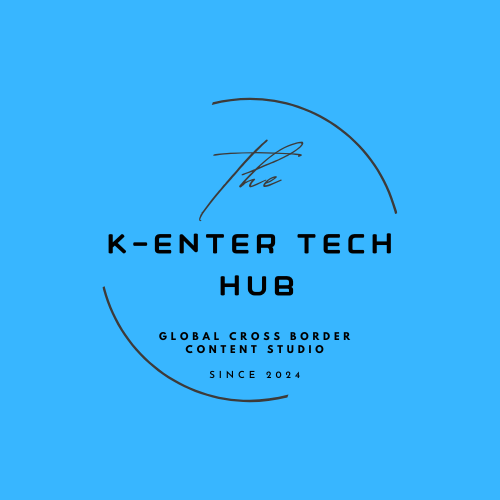

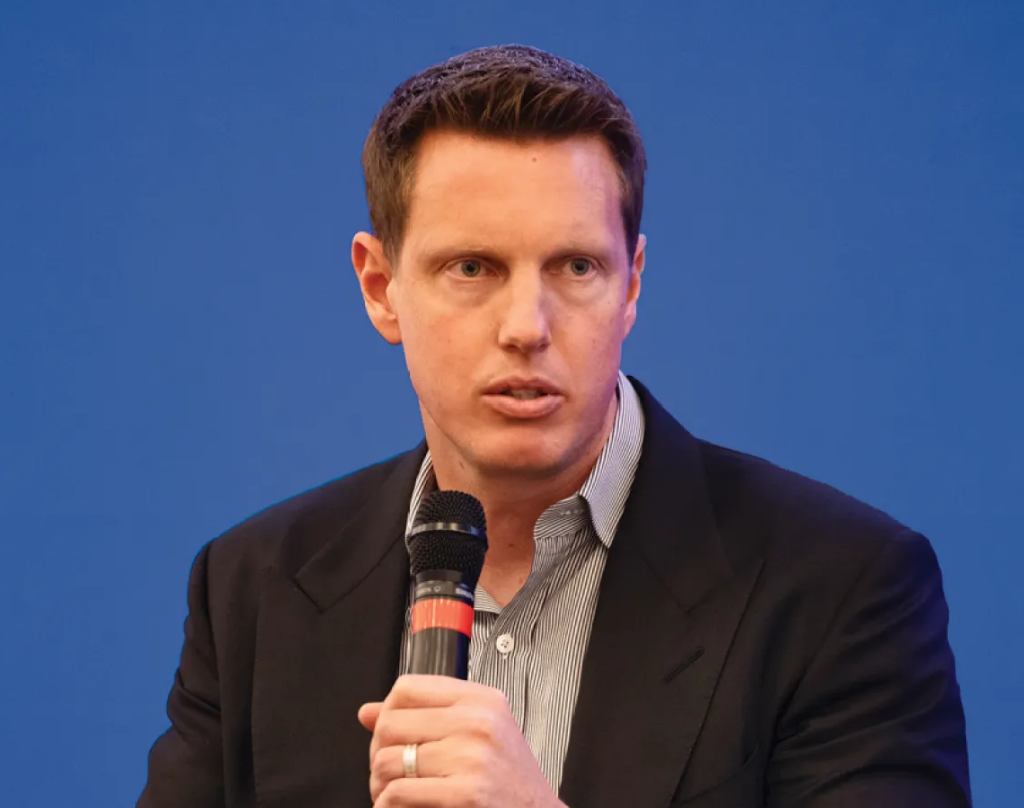
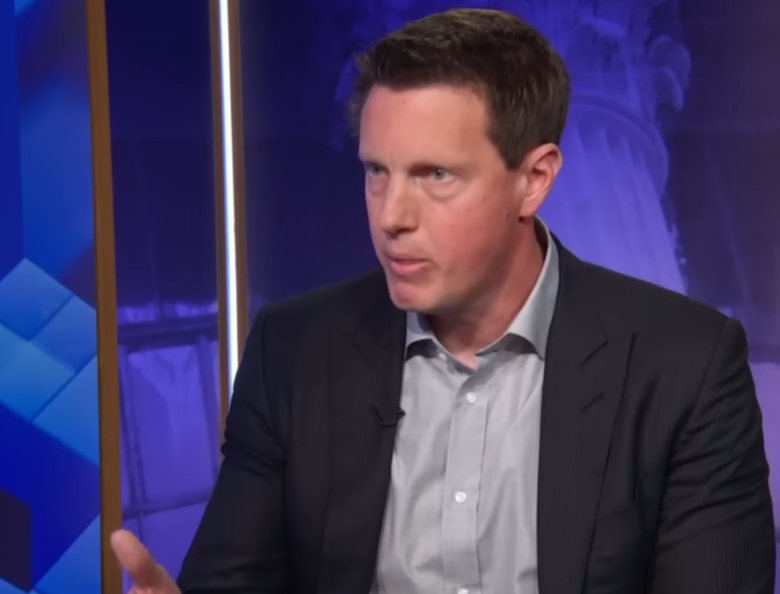

![[보고서]디즈니의 IP 플라이휠, 1957년 메모에서 시작된 100년 전략](https://cdn.media.bluedot.so/bluedot.kentertechhub/2025/12/vtekpo_202512140501.png)
![[리포트]글로벌 스트리밍 대전환과 FAST 시장의 부상](https://cdn.media.bluedot.so/bluedot.kentertechhub/2025/12/7jw8up_202512120304.png)
![[보고서]K-콘텐츠, 몰입형 공간 새로운 경험](https://cdn.media.bluedot.so/bluedot.kentertechhub/2025/12/je15hi_202512061434.png)
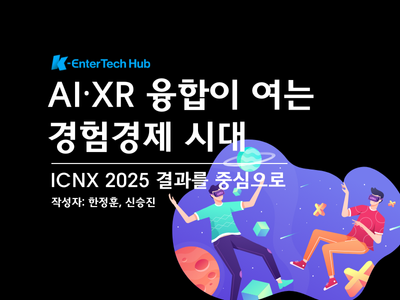
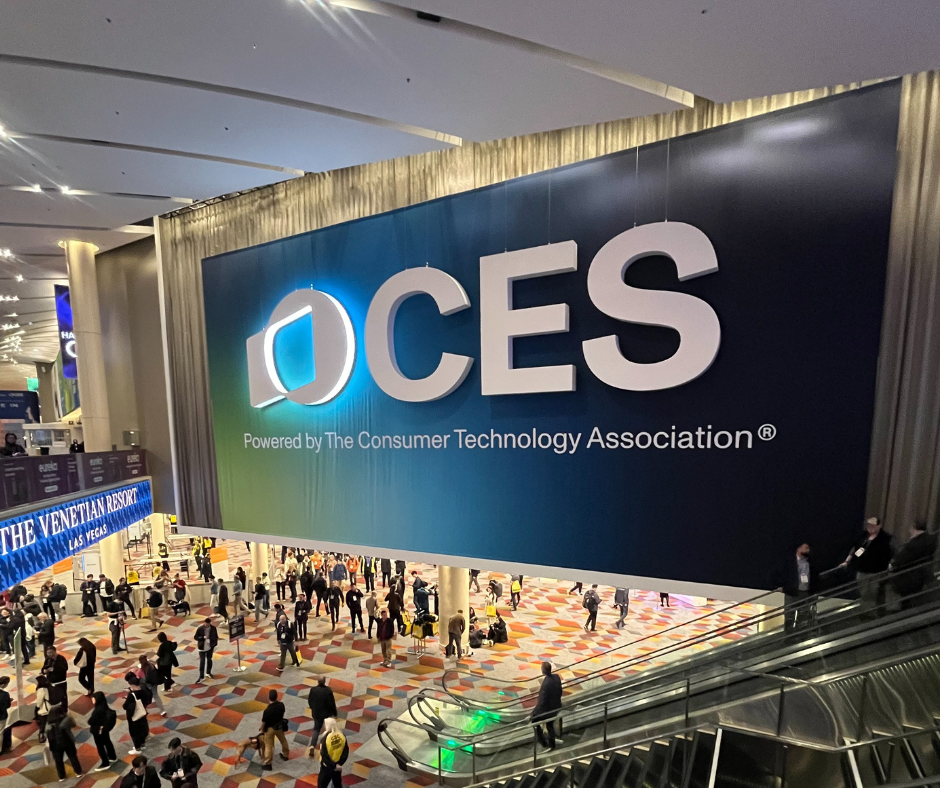

![[K콘텐츠와 K FAST]](https://cdn.media.bluedot.so/bluedot.kentertechhub/2025/11/zxwbgb_202511241038.jpg)
![[모집]1월 9일~14일 글로벌 AI 스템 캠프(자료집)](https://cdn.media.bluedot.so/bluedot.kentertechhub/2025/11/3kf0x5_202511031830.png)
![[MIPCOM2025]글로벌 엔터테인먼트 트렌드](https://cdn.media.bluedot.so/bluedot.kentertechhub/2025/10/duxlsp_202510170000.png)
![[보고서]생성AI와 애니메이션](https://cdn.media.bluedot.so/bluedot.kentertechhub/2025/09/c49fxu_202509271057.png)